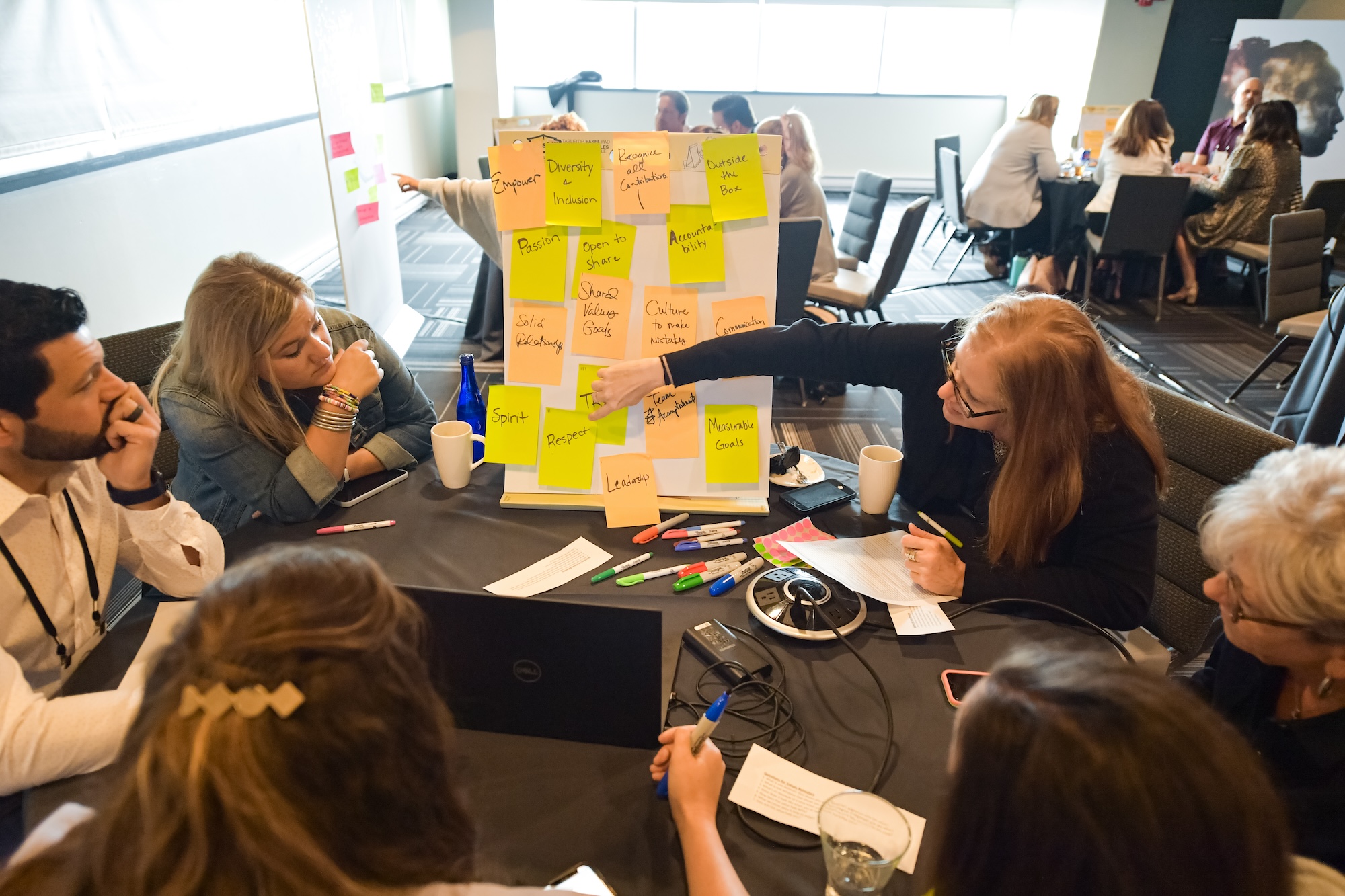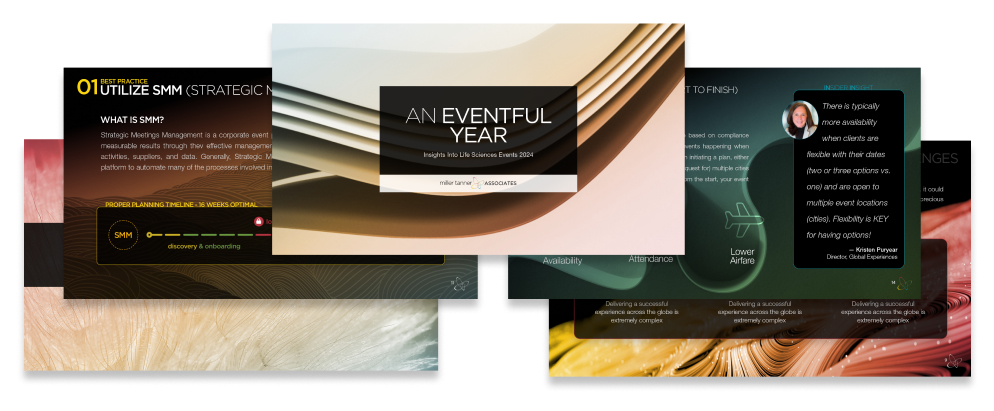Interactive learning events lead to more information retention, stronger relationships, and better outcomes. Miller Tanner has more than 27 years of experience creating and managing corporate events, and we know that events get better when you give participants time to converse, engage, and work in small groups. One of the most important tools you can use is breakout sessions. Learn more about how they work, how to organize them, and how to make your next breakout sessions even better.

Importance of Breakout Sessions
What is a breakout session? When you have a large event of hundreds of attendees, meaningful whole-group discussion is impossible. Breakout sessions break up the attendees into much smaller pools of participants who can talk and collaborate. Depending on the nature of the specific event session, all the groups might split apart to discuss the same materials or complete the same exercises; alternatively, the breakout groups may conduct different exercises based on their job role or area of interest.
Breakout sessions are important because they facilitate more active learning and participation among every conference attendee. Learners and participants end the session with a much deeper understanding of the material, and they form more meaningful connections with people in their breakout group. Some of the most important benefits that breakout sessions can provide are:
- They facilitate a more in-depth exploration of a topic.
- There is greater engagement.
- The increased interaction enhances connections and networking.
- Participants have an opportunity to ask questions and clear up misunderstandings.
- You can work peer learning into events easily.
Planning a Breakout Session
What is a breakout session plan, and how do you make one? As you’re planning larger seminars and sessions, outline what the breakout sessions should look like. Plan specific breakout session ideas such as:
- How many people will be in each group (and how to decide who will be in each group)
- The main activity for each group, as well as each group member’s role in the activity
- What participants should “walk away” with
- If the groups will share their findings with the group as a whole
- How long the sessions will be
These specifics will give you the framework you need to start planning the resources and structure of the breakout session. The requirements will change slightly based on whether you have a virtual or in-person event, but the simple fundamentals work well in virtual, hybrid, and face-to-face events. Some quick virtual breakout session ideas could include group conversations, or whiteboarding. In-person conference breakout session ideas could include group interviews, brainstorming ideas to share with the wider group, and interacting with physical demos or devices being launched in the industry.
Creating an Inclusive Environment
No matter what breakout activity you select, the most important hallmark of a successful breakout session is inclusivity. Everyone should feel equally able to share ideas, ask questions, and give their opinions. This should include supporting accessibility, such as by making sure breakout rooms are easier to reach or that online resources are built with visual and audio supports. You might also have group facilitators play a role in breakout sessions so that every participant has an opportunity to speak.
Contact Miller Tanner Associates to Learn More About a Breakout Session
Breakout sessions are a simple and deeply useful tool for learning, networking, and engagement as they help everyone create a successful event together. But guaranteeing that your breakout sessions run smoothly takes practice. At Miller Tanner Associates, we’re here to help you plan, organize, and run your next industry conference. Contact us today to learn more about strategies like breakout sessions or about our event services.

